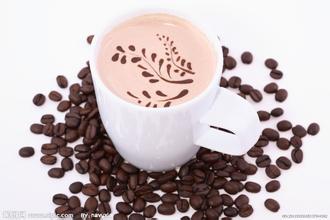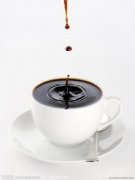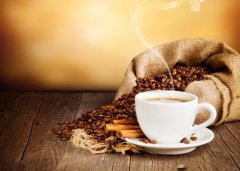Baristas must read what baristas must know

The word "coffee" comes from the Greek word "Kaweh", which means "strength and passion". Coffee tree is an evergreen shrub of Capsaceae. Daily coffee is made from coffee beans combined with a variety of cooking utensils, and coffee beans refer to the nuts in the fruit of the coffee tree, which are then roasted with appropriate roasting methods. Tips for distinguishing the freshness of coffee beans: fresh coffee beans smell fragrant, while beans that have been roasted for too long are tasteless or smell bad. Look at it: good coffee beans are complete in shape and full in size. On the contrary, the shape is incomplete. Hand pressure: fresh coffee beans are fresh and crisp, and the fragrance comes out when they crack. Baking: see if the baking is uniform and whether the color is the same. In order to make coffee with different flavors, it is necessary to understand the characteristics of the same kind of beans in different forms. To put it simply, dark black coffee beans belong to deep roasting and the brewed coffee has a bitter taste; yellow coffee beans belong to light or medium roasting, and the boiled coffee has a sour taste. Of course, it also depends on the thickness of the coffee powder, under the same baking degree, the coffee is coarse, the coffee is slightly sour, the coffee is fine, and the sour taste is bigger. Of course, if you choose different brewing methods, the taste of the coffee will be different. Take drip filtration and siphon for example. Under the same condition of bean roasting and grinding, coffee brewed from siphon pot tastes heavier than drip filter under normal operation. According to the demand to choose the appropriate degree of baking and grinding, is the main condition for making a good cup of coffee, of course, other conditions are also very important, such as water. It is best to choose pure water, which is the temperature of the water. The water temperature is too high, easy to burn the main taste of coffee, brewed coffee will have a bitter taste. The most suitable water temperature for drip filtration is between 85 °and 90 °. Coffee enthusiasts like those in Japan control the water temperature to the extreme in order to make satisfactory coffee.
Important Notice :
前街咖啡 FrontStreet Coffee has moved to new addredd:
FrontStreet Coffee Address: 315,Donghua East Road,GuangZhou
Tel:020 38364473
- Prev

The key to the success of a barista
For the various schools of thought in circulation in the market, many people will disagree, thinking that what I make is authentic coffee, or very confused, do not know which statement is right, what should we do? First of all, since there are so many theories in the market, there should be some truth, so we should jump out and not be arrogant or work behind closed doors and stay in place.
- Next

Coffee common sense how to distinguish a good cup of coffee
Flavor: it is the overall impression of aroma, acidity, and mellowness, which can be used to describe the overall acidity of coffee: it is the acidity and strong quality of all coffee grown on the plateau. The acidity referred to here is different from bitterness or sour (sour), and has nothing to do with pH, but a fresh and lively quality that promotes coffee to perform functions such as invigorating the mind and clearing the taste.
Related
- Beginners will see the "Coffee pull flower" guide!
- What is the difference between ice blog purified milk and ordinary milk coffee?
- Why is the Philippines the largest producer of crops in Liberia?
- For coffee extraction, should the fine powder be retained?
- How does extracted espresso fill pressed powder? How much strength does it take to press the powder?
- How to make jasmine cold extract coffee? Is the jasmine + latte good?
- Will this little toy really make the coffee taste better? How does Lily Drip affect coffee extraction?
- Will the action of slapping the filter cup also affect coffee extraction?
- What's the difference between powder-to-water ratio and powder-to-liquid ratio?
- What is the Ethiopian local species? What does it have to do with Heirloom native species?

